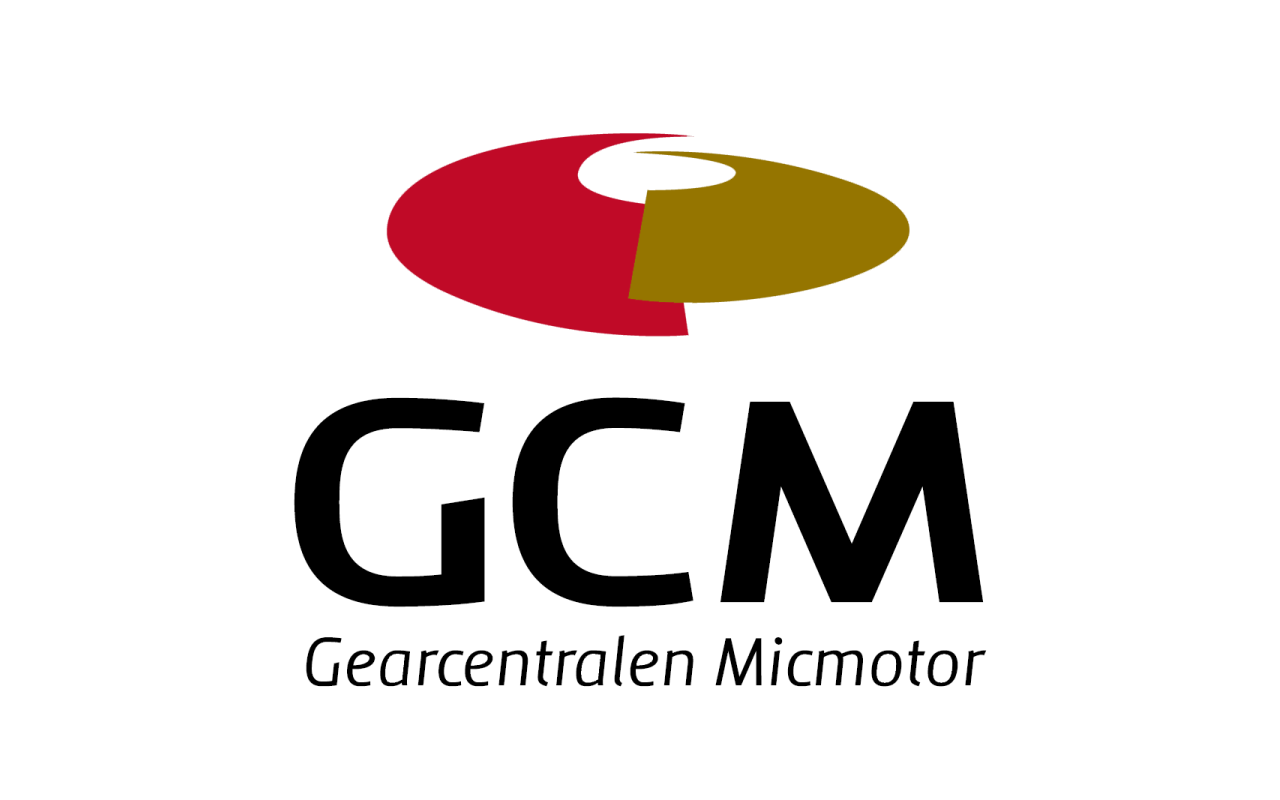There are several considerations to take into account when choosing the right servo motor for your application. These include the speed required, the torque, the motion profile, the space available in the application, and environmental factors. This means that the chosen motor solution must be able to produce the load torque and speed your application requires, as well as meet the specific space requirements and perform as required under the environmental conditions.
What is a servo motor?
A servo motor is part of a drive system that moves a load – to either move, process, lift or rotate it. The servo motor is the muscle that provides the torque, force and speed needed to perform a given function. We have written an in-depth blog post describing the components of the servo motor. You can find the blog post here.
How to choose the right servo motor?
Size of the servo motor
The size of a servo motor determines which type you should choose. The physical size of a servo motor is mostly determined by the torque that the motor can continuously produce with a trade-off between motor diameter and motor length. A longer motor with a small diameter can have the same torque as a motor with a shorter length and larger diameter. Another way to achieve the motor requirements is by using a smaller motor and multiplying the torque through a gearhead or by using alternative technologies – such as a flatter servo motor with direct drive technology, a frameless motor or a linear motor. Each of these technologies has different dimensions or shapes to meet specific space needs.
Environmental considerations
Environmental considerations can also influence motor choice in several ways. In most applications, the ambient operating temperature of the motor remains below the rated value of the motor (typically 40°C). The motors themselves generate a certain amount of heat (based on the continuous performance specified by the manufacturer) that comes from or originates from a temperature rise of the windings and a maximum coil temperature.
For example, if a motor rated to produce a torque of around 13.5 Nm in a 40°C environment with a temperature rise of 130°C and a maximum coil temperature of 170°C is placed in a 50°C environment, then the maximum coil temperature of 170°C will be exceeded when the motor runs continuously at the 13.5 Nm torque. In this case, the continuous torque of the motor is reduced unless a larger motor is selected. More exotic environments may therefore require customized solutions, including alternative materials, special sealing methods, or other modifications. Moreover, motor performance can be negatively affected in extreme conditions, such as outer space, high altitudes, and even underwater environments.
Conclusion
The servo motor best suited to your application depends on several factors, including the required speed, torque, space requirements, and various environmental factors.
Choosing the right servo motor for your application can be confusing if you do not have the right knowledge of the many different motor types and the necessary knowledge of which solution will be most optimal for your application.
If you don’t want to do it yourself, we offer to do it for you without any obligation. With over 35 years of experience, we have the necessary knowledge and skills to help you find the servo motor that works best for your project. We are available for expert advice and support, so don’t hesitate to contact us – it’s free of charge.
We can be contacted on tel. +45 74 42 18 64 or by e-mail at info@gearcentralen.dk

